The Beatles
Buy The Beatles In 1968, The Beatles released their only double studio album, an eponymous release commonly referred to as The White Album. Despite the official title which emphasized group identity, the actual […]
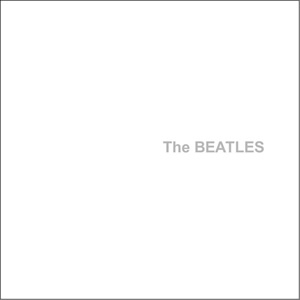
Buy The Beatles In 1968, The Beatles released their only double studio album, an eponymous release commonly referred to as The White Album. Despite the official title which emphasized group identity, the actual […]
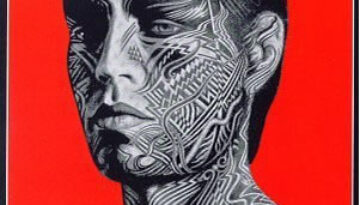
Buy Tattoo You Part of the fun of reviewing all these great albums is discovering that some of your own long held preconceptions are, in fact, false. Approaching this album, Tattoo You by […]
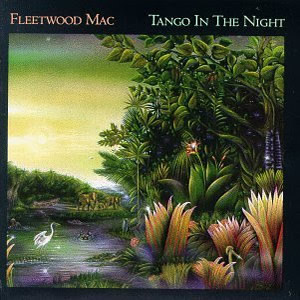
Tango In the Night is the fifth and final studio album by successful quintet that brought sustained stardom for Fleetwood Mac. Like their previous four albums, it found popular success driven by the […]

Buy Synchronicity The Police saved the best for last with 1983’s Synchronicity, ending their short five year and five album recording career with their masterpiece. And although the album was once again co-produced […]
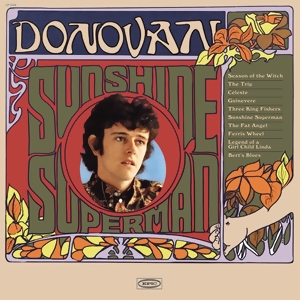
Buy Sunshine Superman English folk singer Donovan found a new voice with his eclectic and slightly psychedelic third album, Sunshine Superman. Originally released in the US in September 1966, the album would not […]
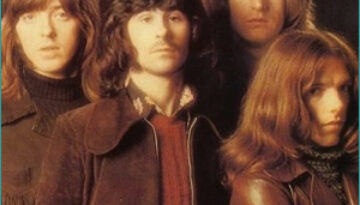
Buy Straight Up After the success of their 1970 album No Dice, Badfinger finished recording its third album with Geoff Emerick as producer. But the tapes were rejected by their label, Apple Records. […]
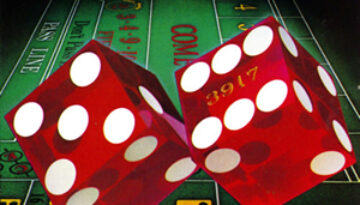
Buy Straight Shooter Bad Company returned in 1975 with their sophomore album, Straight Shooter, which built on the successful formula of their 1974 debut album while adding some variety in arrangement. The quartet […]
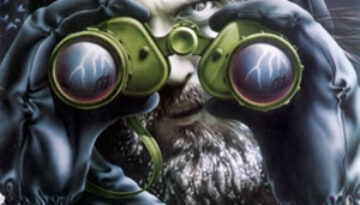
Buy Stormwatch Stormwatch was the twelfth studio album by Jethro Tull in twelve years, as they released exactly one album per year from the start of their career in 1968. Like all Jethro Tull […]
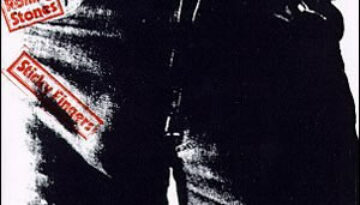
Buy Sticky Fingers Sticky Fingers is the third of the trilogy of Rolling Stones albums that, in our opinion, comprise the heart of the band’s prime. The first two were Beggars Banquet in […]
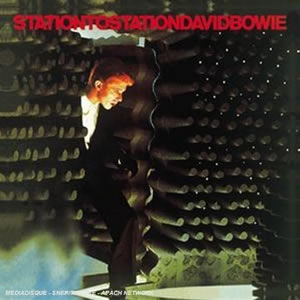
Buy Station to Station His tenth overall studio album, Station to Station was a transitional album for David Bowie. Musically, this 1976 album seamlessly bridges the gap between the glam rock of Bowie’s […]